
by Nick Anderson | Oct 3, 2023 | Plane Tales
Podcast (pt): Download
As a fighter pilot on the newly formed 77 Squadron Royal Australian Air Force, now equipped with brand new FA/18s, we had many experienced pilots but before long we also acquired pilots on their first operational type. One such pilot was Woody, or more formally known as Wood Duck and flying the Hornet was just the start of a long career in aviation that took him all around the world. Now the Air Attache at the Australian High Commission in London, Woody and I met at a local hostelry and had a beer whilst talking about old times.
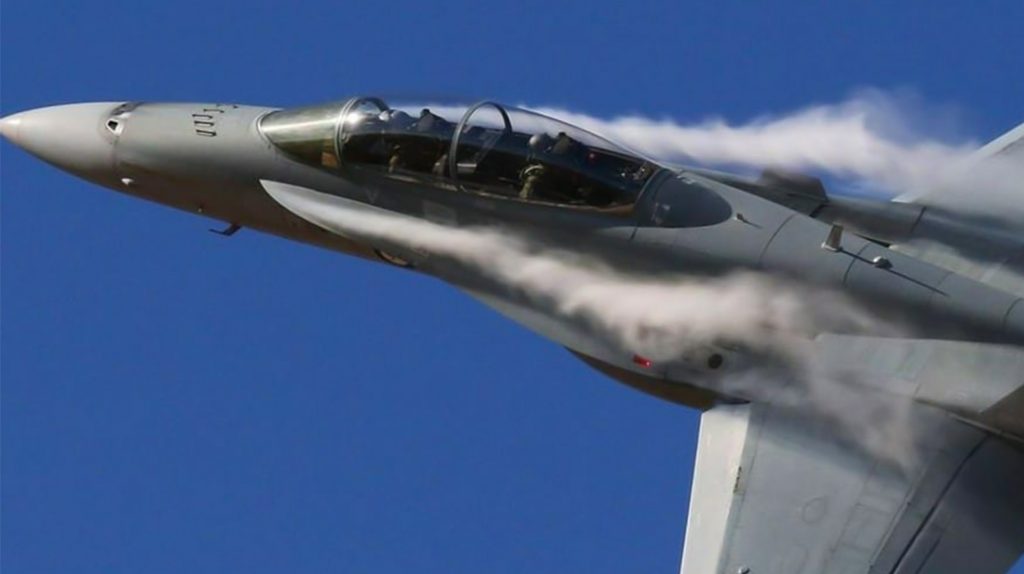
The Australian FA/18B
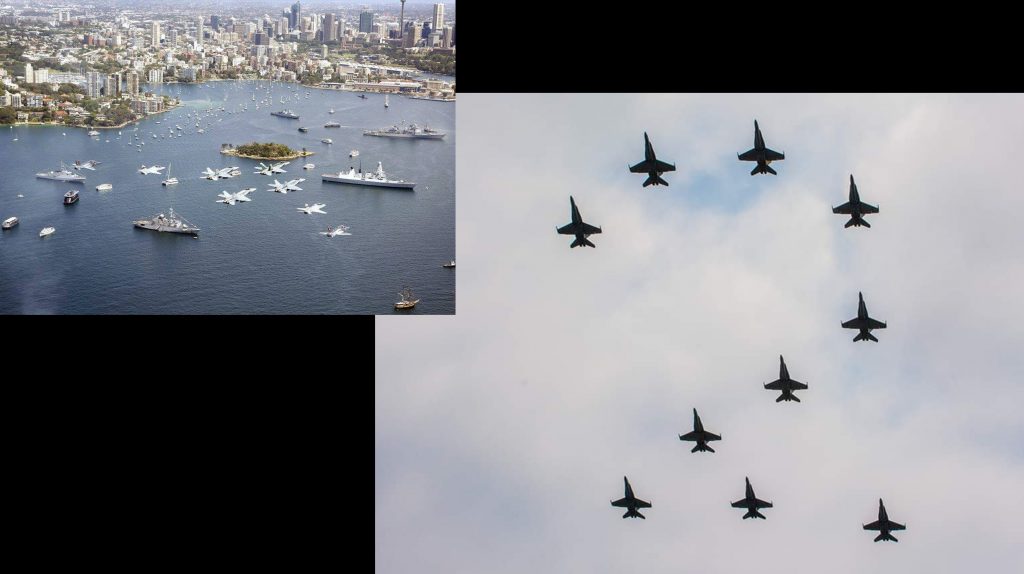
Flypasts performed by No 2 OCU RAAF whilst under Woody’s command
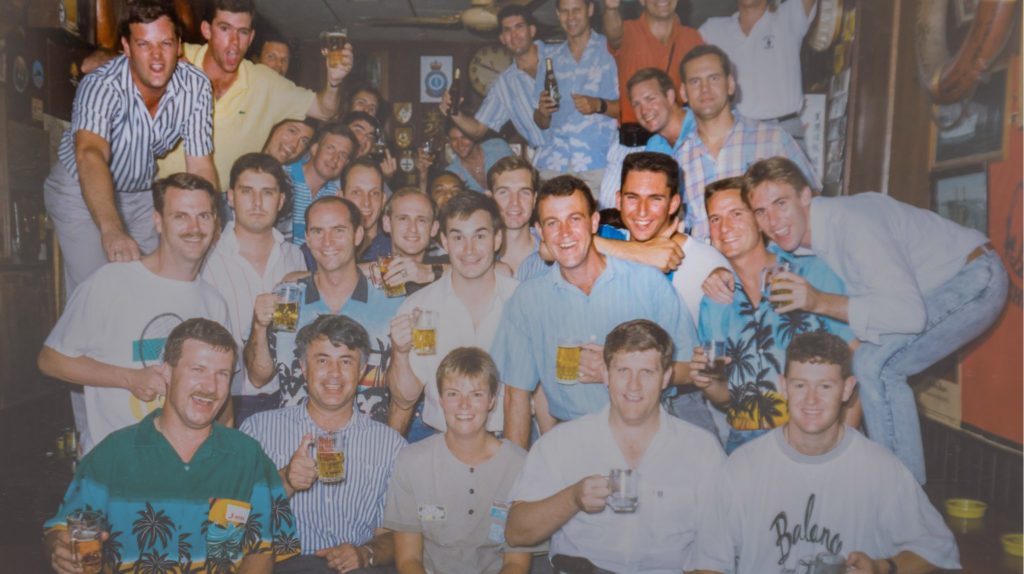
Woody as a youngster in the Hong Kong bar whilst on deployment in Malaysia.

RAAF Hornets in Butterworth
Images under Creative Commons licence with thanks to the RAAF, the USAF, the RMAF and No 2 OCU RAAF.

by Nick Anderson | Oct 3, 2023 | Plane Tales
Podcast (pt): Download
So you want to be an airline pilot? You want to travel the world, visit strange and exotic countries and immerse yourself in the wonders of foreign cultures? You want to make a good living, bring up a family and plan for a wonderful retirement driving your luxurious RV around the wide open spaces of your beloved country? Has it crossed you mind that your chosen occupation might not be the safest way to achieve your dreams?

The Old Curmudgeon rides again

Airliner crashes are rare events
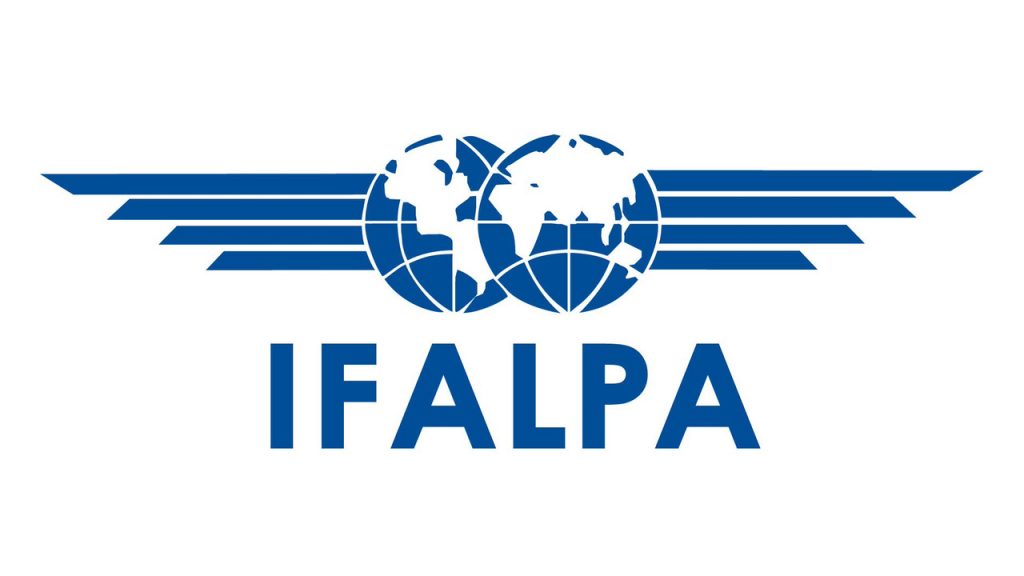
Ensure that you join a recognised union that can afford you legal representation anywhere in the world

by Nick Anderson | Aug 31, 2023 | Plane Tales
Podcast (pt): Download
I trust that you will recall the stories from my RAF Logbook which had reached the point of my first Hornet deployment to New Zealand to work with the Kiwi A4 Skyhawks of No 75 Squadron Royal New Zealand Air Force at Ohakea.
The squadron we were working with had a rich history and I was sure I was going to enjoy my time with them.
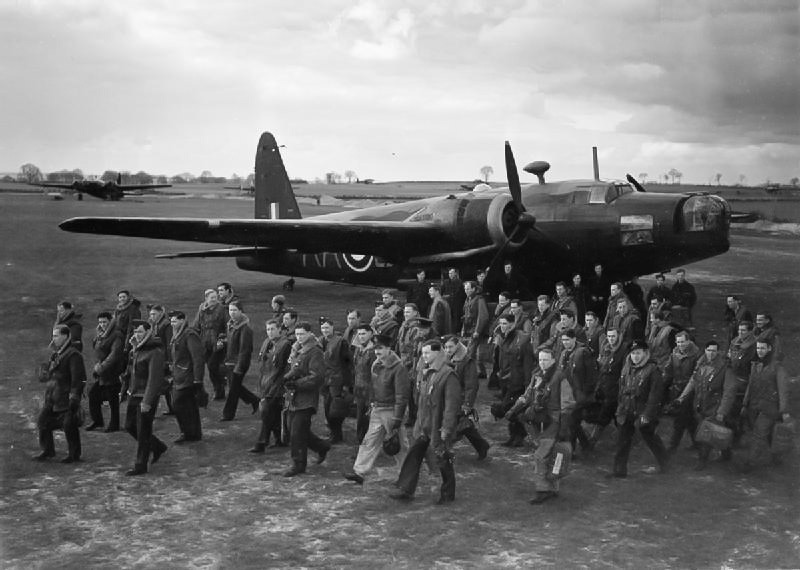
75 Sqn RNZAF formed with Wellingtons purchased by the New Zealand government
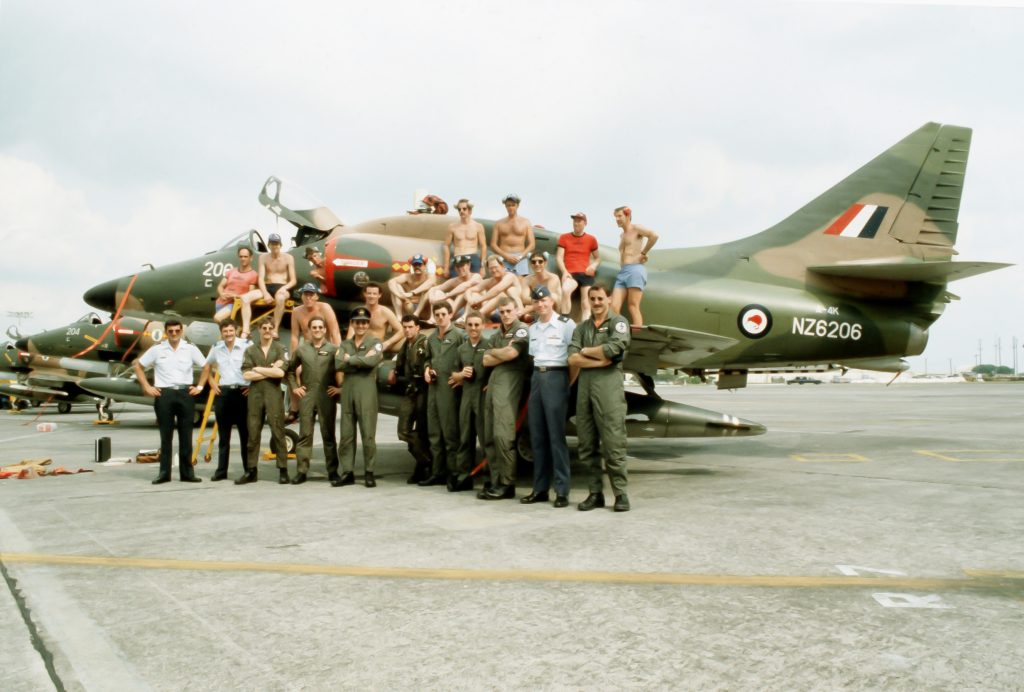
75 Sqn A4 Skyhawk
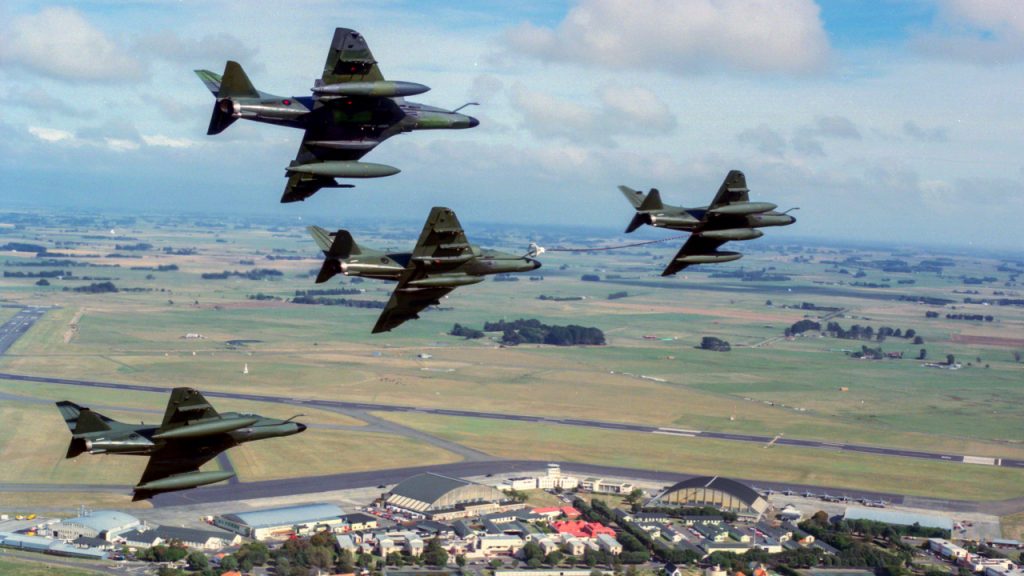
The Kiwi Red formation team
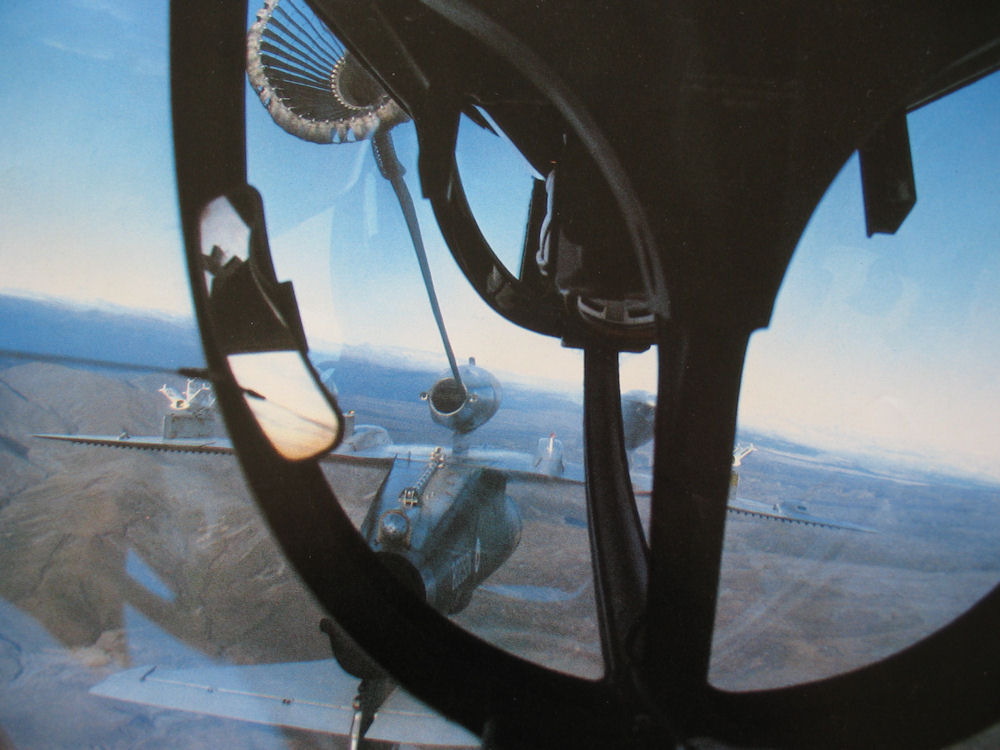
Inverted whilst in contact

An A4 in combat firing rockets
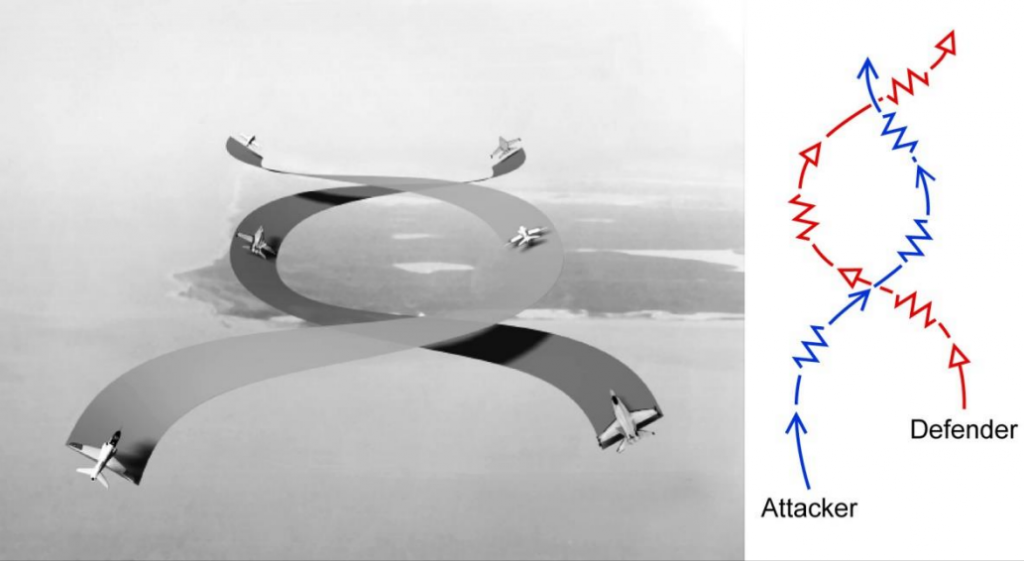
How to fly a flat scissors
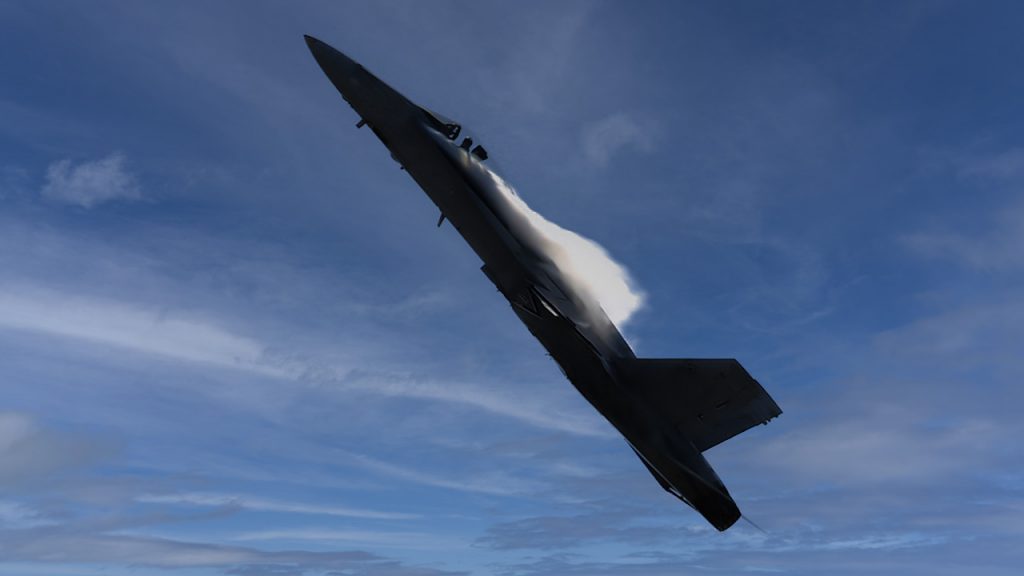
An FA18 pulls into the vertical
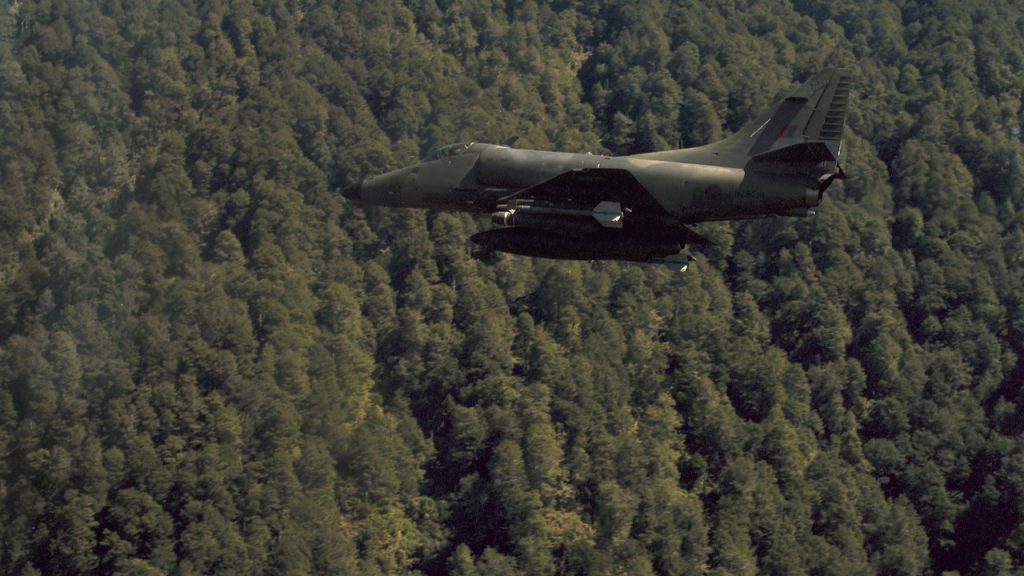
The effectiveness of camouflage

Low level
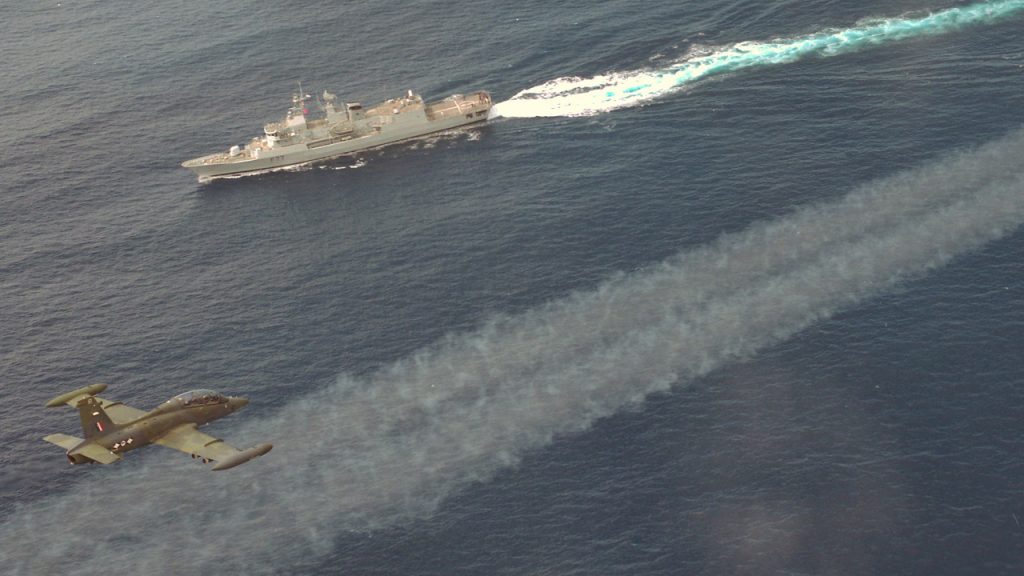
Attacking a splash target
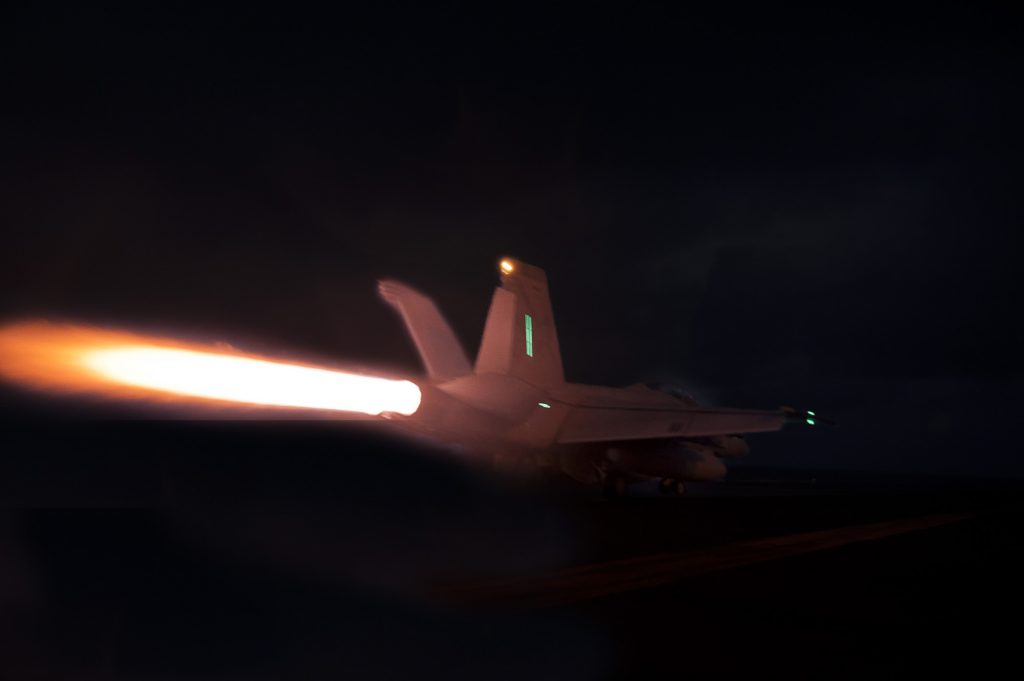
The Hornet at night
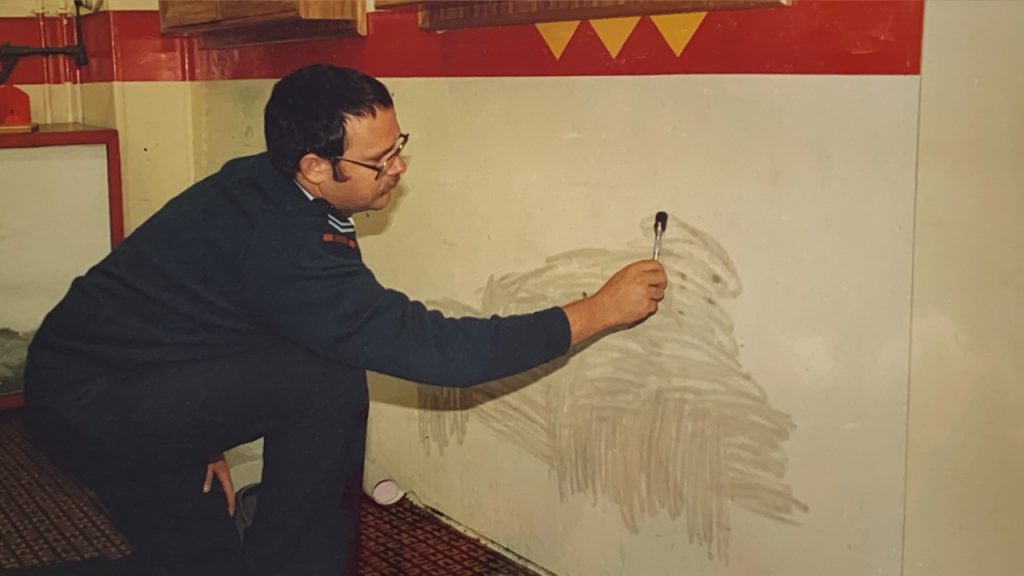
The disappearance of the hook was investigated
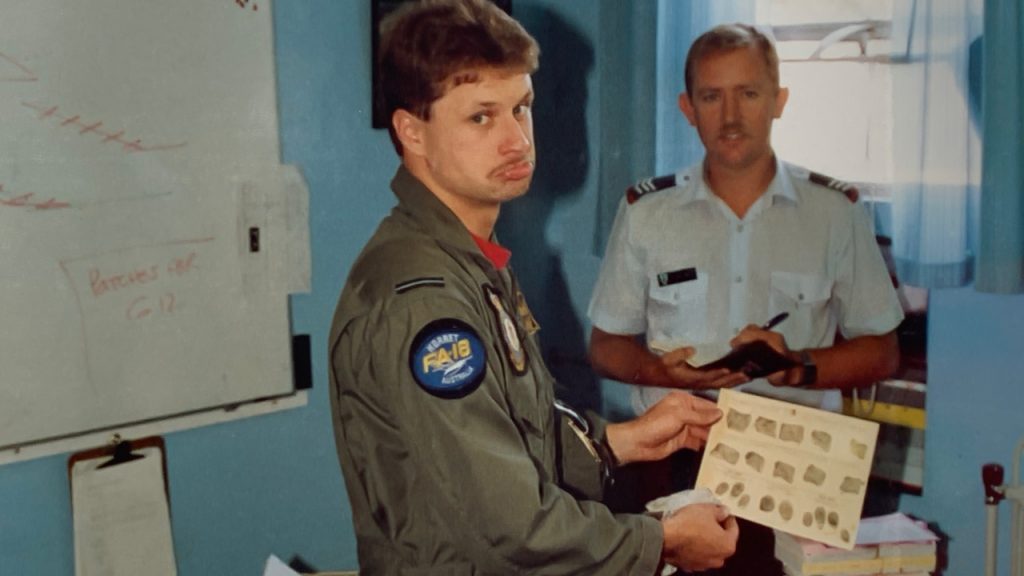
The perp was arrested!
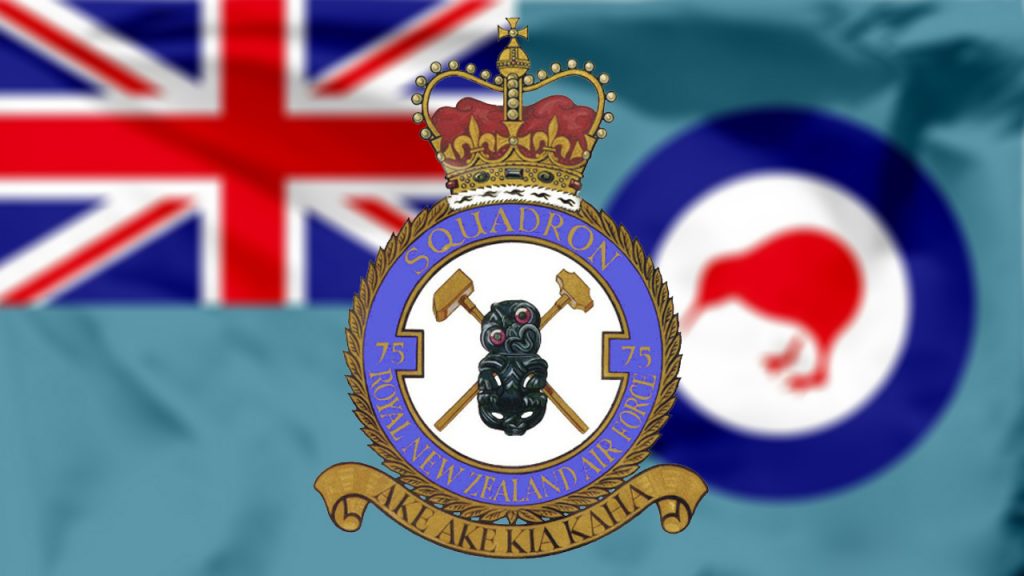
75 Sqn RNZAF was sadly disbanded
Images shown under creative commons licence with thanks to the RAF, the New Zealand Defence Force, the USN, CNATRA, Bernardo Malfitano and Myself.

by Nick Anderson | Aug 15, 2023 | Plane Tales
Podcast (pt): Download
The Right Hand Traffic Rule stated that an aircraft which was flying within the United Kingdom in sight of the ground and following a road, railway, canal or coastline, or any other line of landmarks shall keep such line of landmarks on its left. For reasons that defeat me the rule went on to give an exception stating, “provided that this rule shall not apply to a helicopter following the Motorway M4 on a route from West Drayton to Osterley Lock!” Let me take you back to the the birth of commercial aviation in Europe after the First World War.Daimler Airways operated the De Havilland aircraft on the Croydon to Paris route and Grands Express were operating the same route, albeit originating from Paris. The scene was therefore set and, no doubt the astute amongst you will already be speculating on what befell the Daimler Airway mail flight departing Croydon on the 7th of April 1922 and the Grand Express aircraft that left Le Bourget on the same day, just after noon. This is that story.
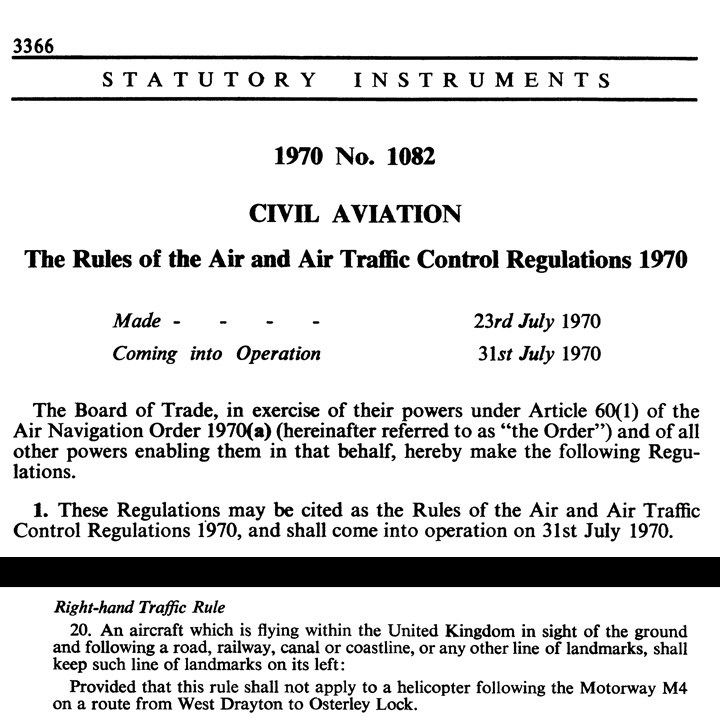

The Farman Goliath airliner

The DH18
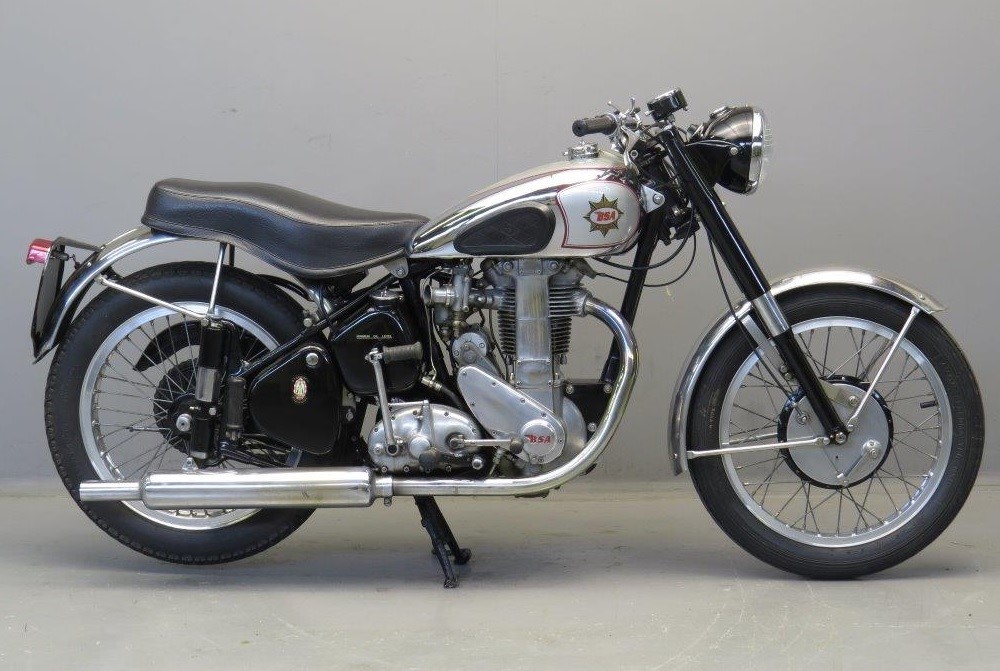
The BAS 500cc single Gold Star
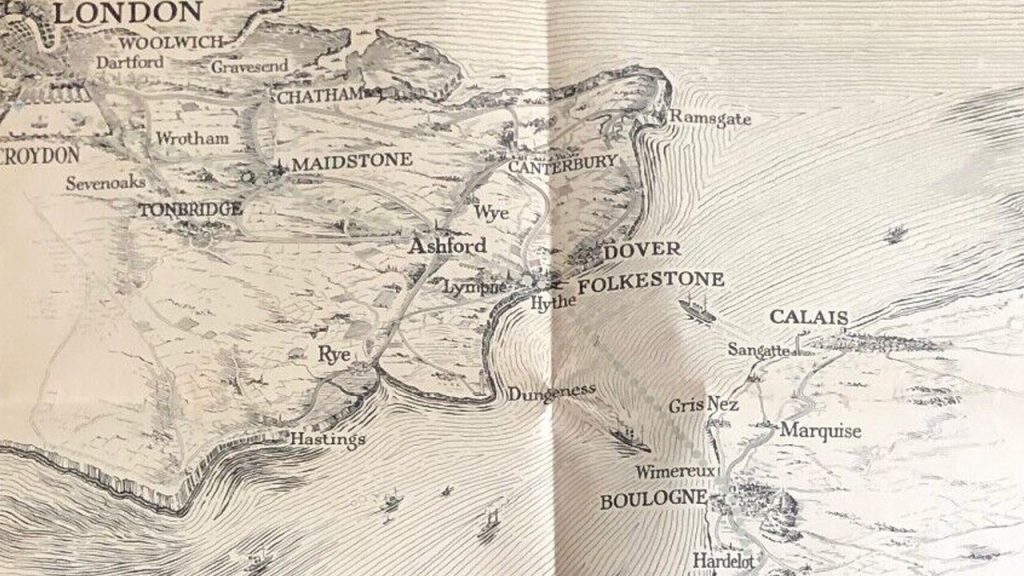
London to Le Bourget
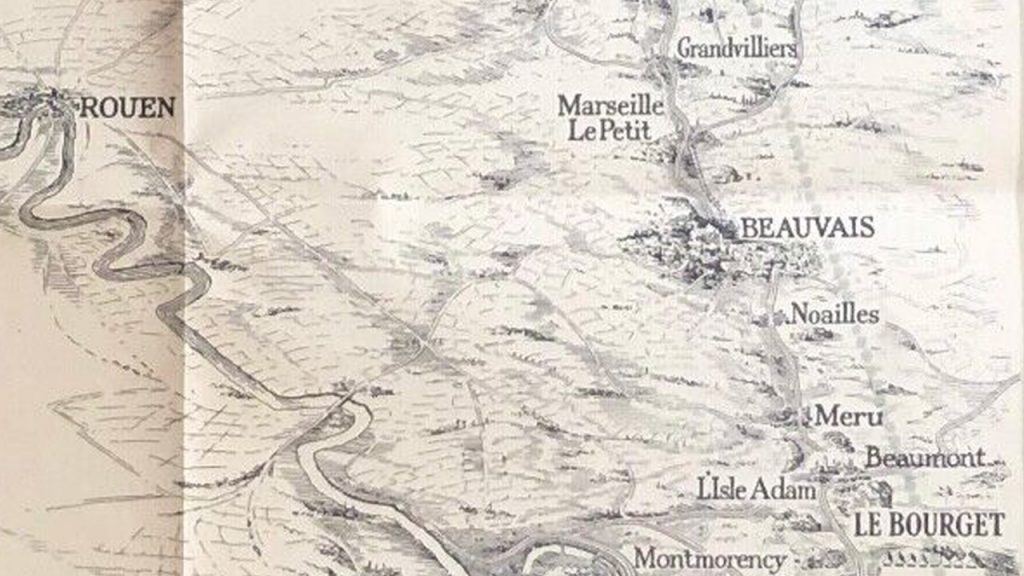
Le Bourget to London
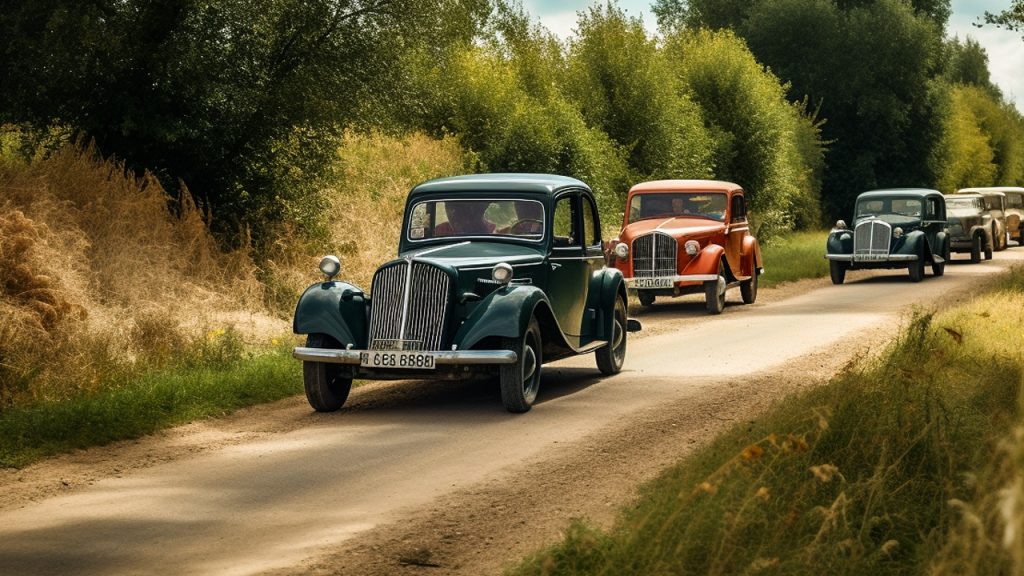
Traffic in France drove on the right hand side
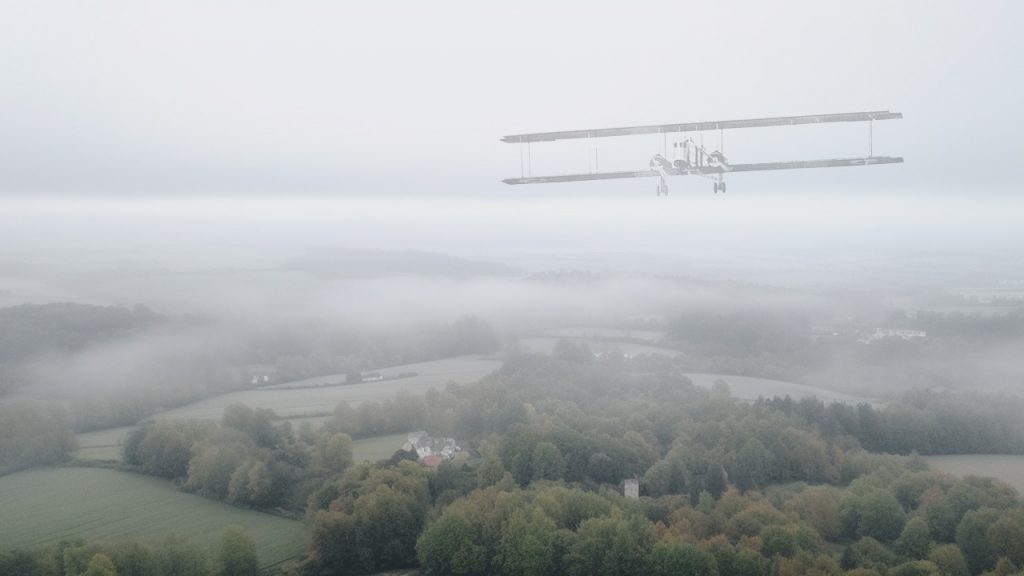
On that fateful day, the weather was poor

The Picardie accident was the world’s first mid air collision between airliners
Images shown under the Creative Commons licence with thanks to Albert Thuloup, Handley Page, BP, SADSM, The Library of Congress and Popular Mechanics.
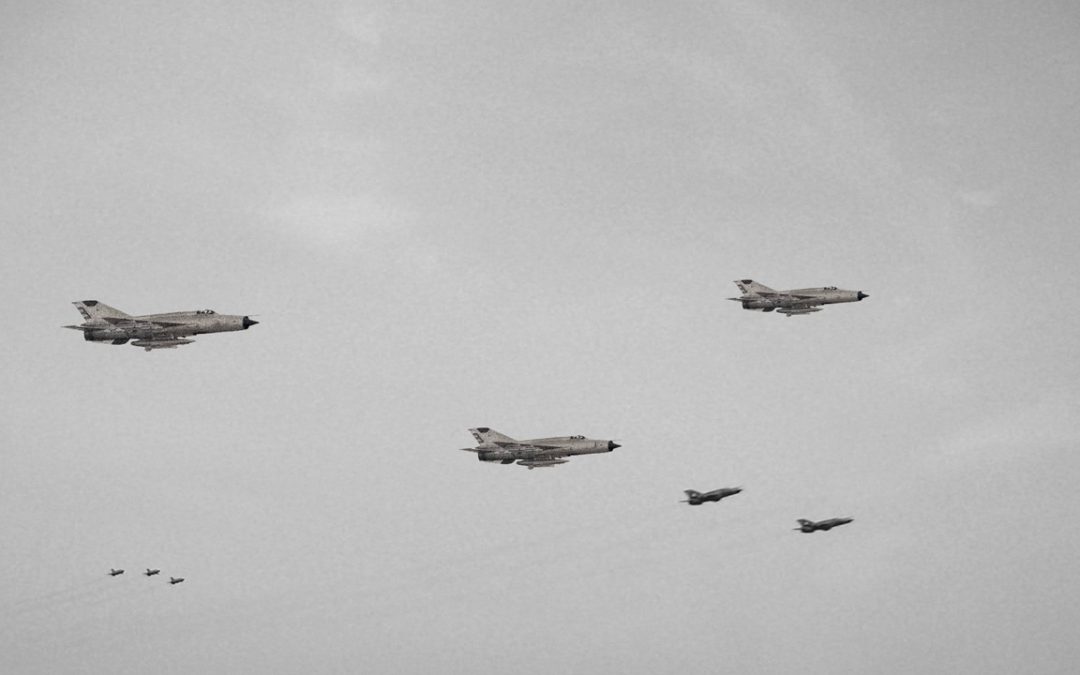
by Nick Anderson | Aug 15, 2023 | Plane Tales
Podcast (pt): Download
Traditionally the phrase Brass Monkeys goes hand in hand with weather so cold that only a naughty sounding description like, “It’s cold enough to freeze the balls off a brass monkey,” will suffice. If, however, you were the crew member a NATO aircraft in Europe during the tense times of the Cold War, Brass Monkeys meant something very specific! It was a code phrase that everyone knew of and listened out for on the Guard frequency just in case it was broadcast. Two or three minutes into the flight Rikki was super-sonic and climbing through twenty thousand feet or so when the first “Brass Monkeys” call came over the radio: “Brass monkeys, brass monkeys, aircraft heading east at high speed fifty miles east of Gutersloh, brass monkeys”. He ignored it!

The true origin of Brass Monkeys has been lost in time

The identification papers of defector Viktor Belenko

Map of the East/West German airspace
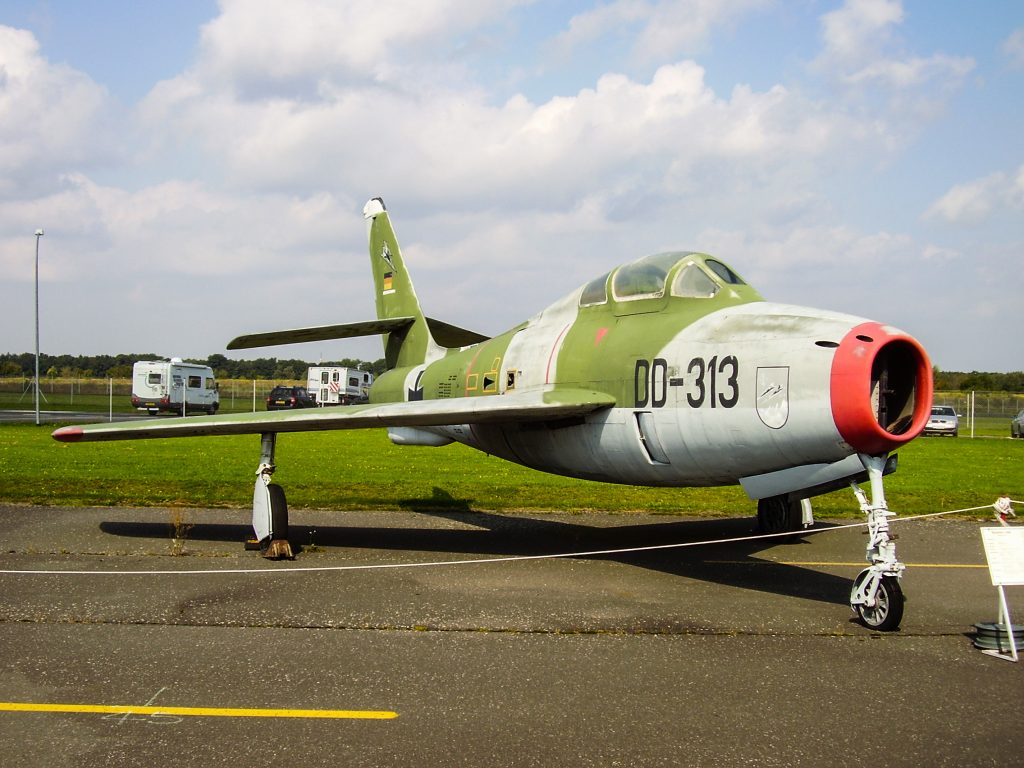
An F84
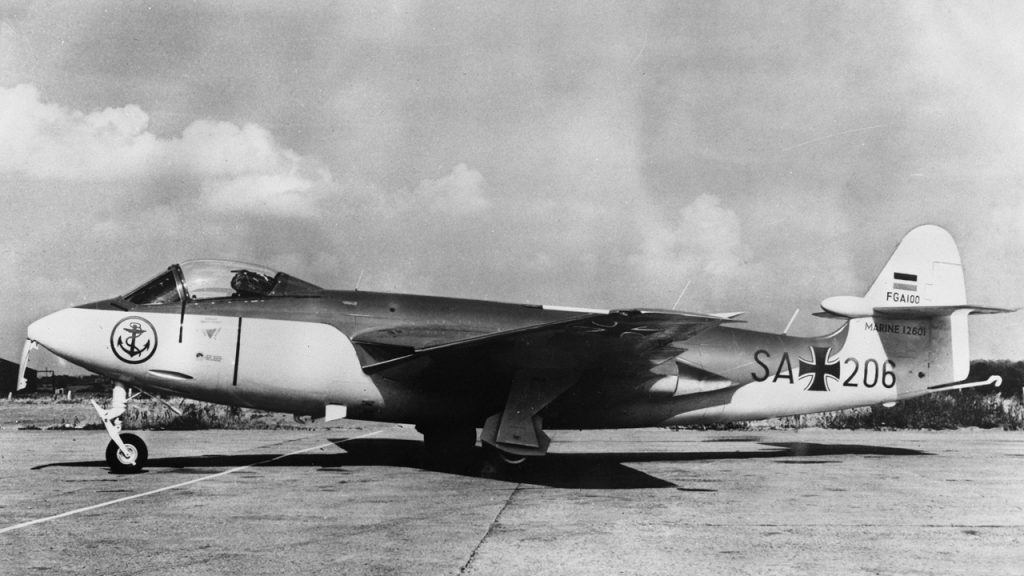
West German Navy Sea Hawk

A Lightning F3 landing
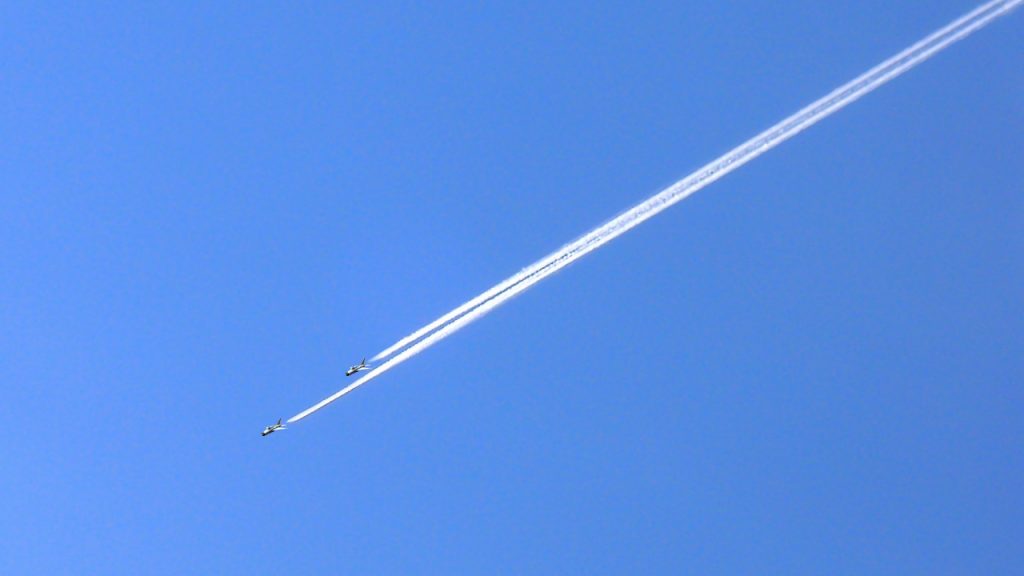
Mig 21s chasing

Returning safely
Images under Creative Commons licence with thanks to Louis-Philippe Crépin, images in the Public Domain, the CIA, the RAF, Rosario Van Tulpe, Milborne One and Mike Freer.

















































